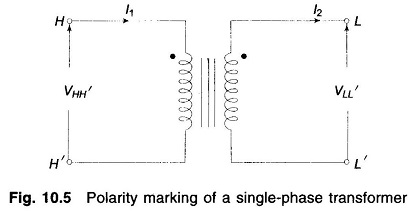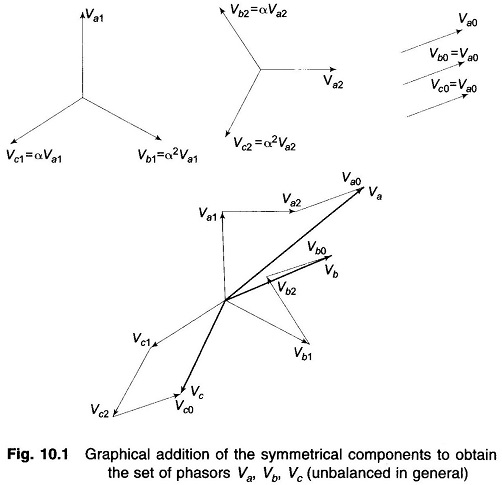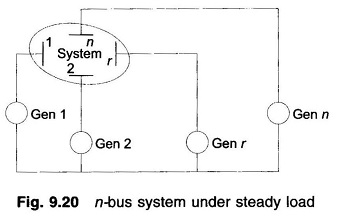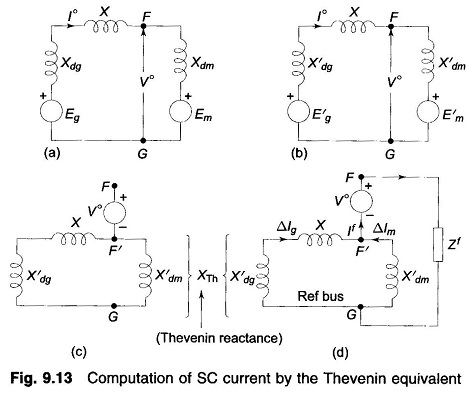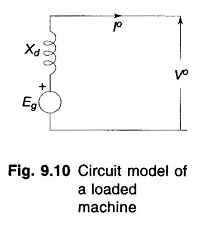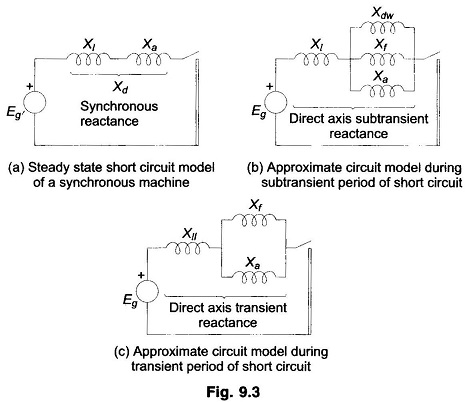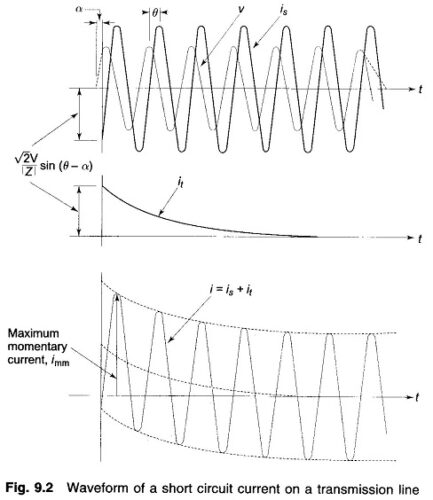Phase Shift in Star Delta Transformer
Phase Shift in Star Delta Transformer: Positive and negative sequence voltages and currents undergo a Phase Shift in Star Delta Transformer which depends upon the labelling of terminals. Before considering this phase shift, we need to discuss the standard polarity marking of a single-phase transformer as shown in Fig. 10.5. The transformer ends marked with […]
Phase Shift in Star Delta Transformer Read More »

